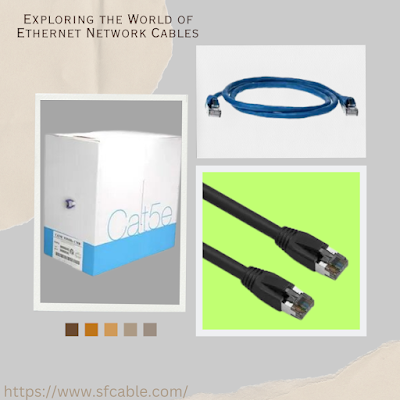How To Plan Ethernet Networking For Your Home
To set up Ethernet networking for your home, you can follow these steps for a reliable and efficient setup: 1. Assess your networking needs: Determine the number of devices you want to connect via Ethernet and the areas where you require a wired connection. This will help you plan the layout and understand the length of Ethernet cables you need. 2. Purchase the necessary equipment: You'll need a Long Ethernet cable , a router or a switch, and Ethernet wall jacks or adapters if your home doesn't have existing Ethernet ports. Ensure the cables and equipment are of good quality to ensure stable connectivity. 3. Plan your network layout: Identify the central location in your home where you'll place the router or switch. This location should be accessible and ideally positioned in a way that provides good coverage to all areas of your home. Consider factors like interference, obstructions, and the number of walls between devices. 4. Install Ethernet wall jacks ...

